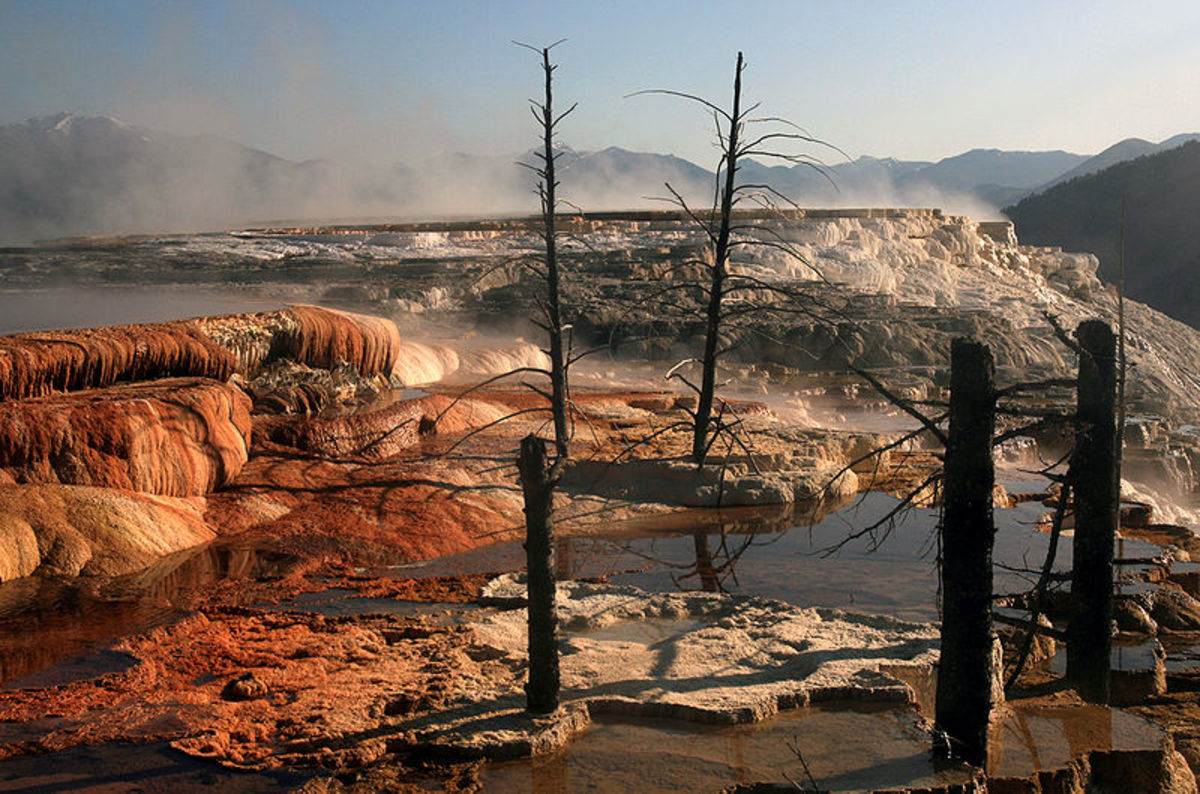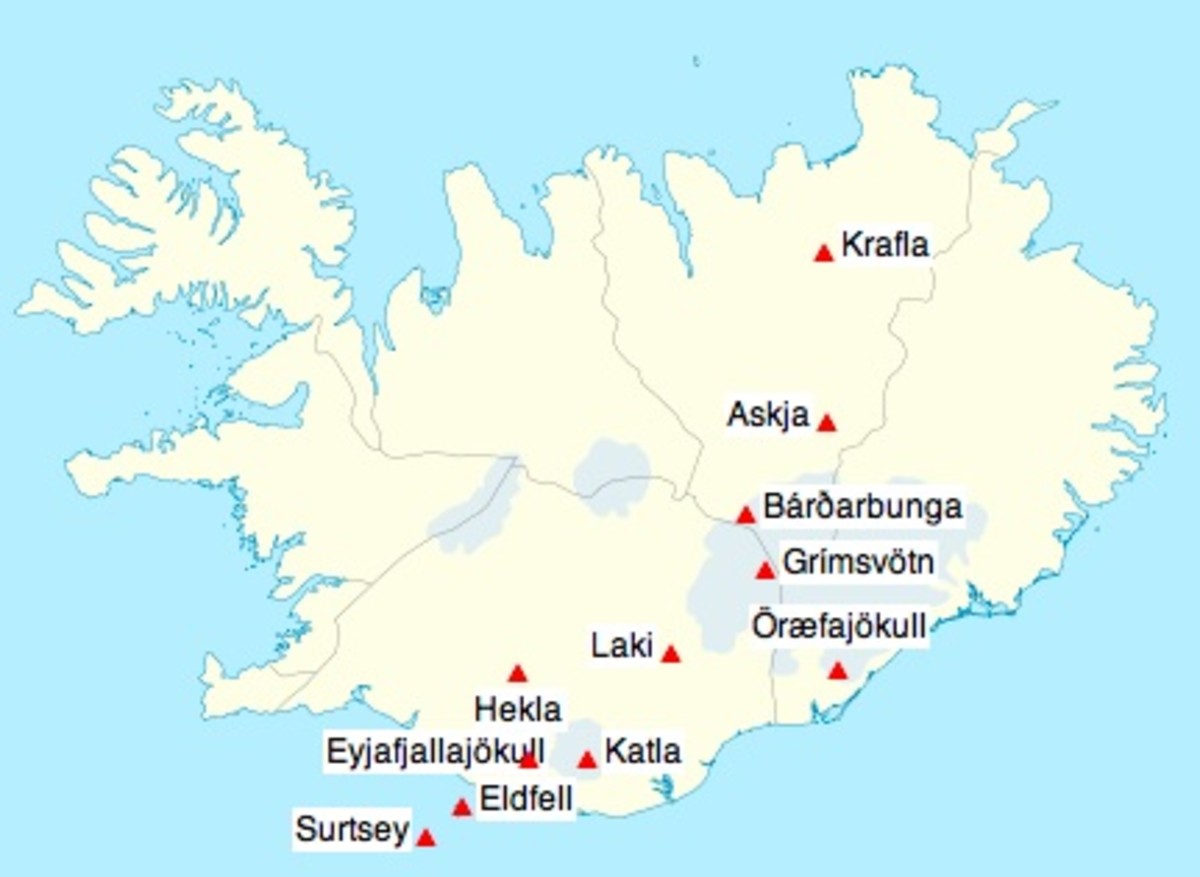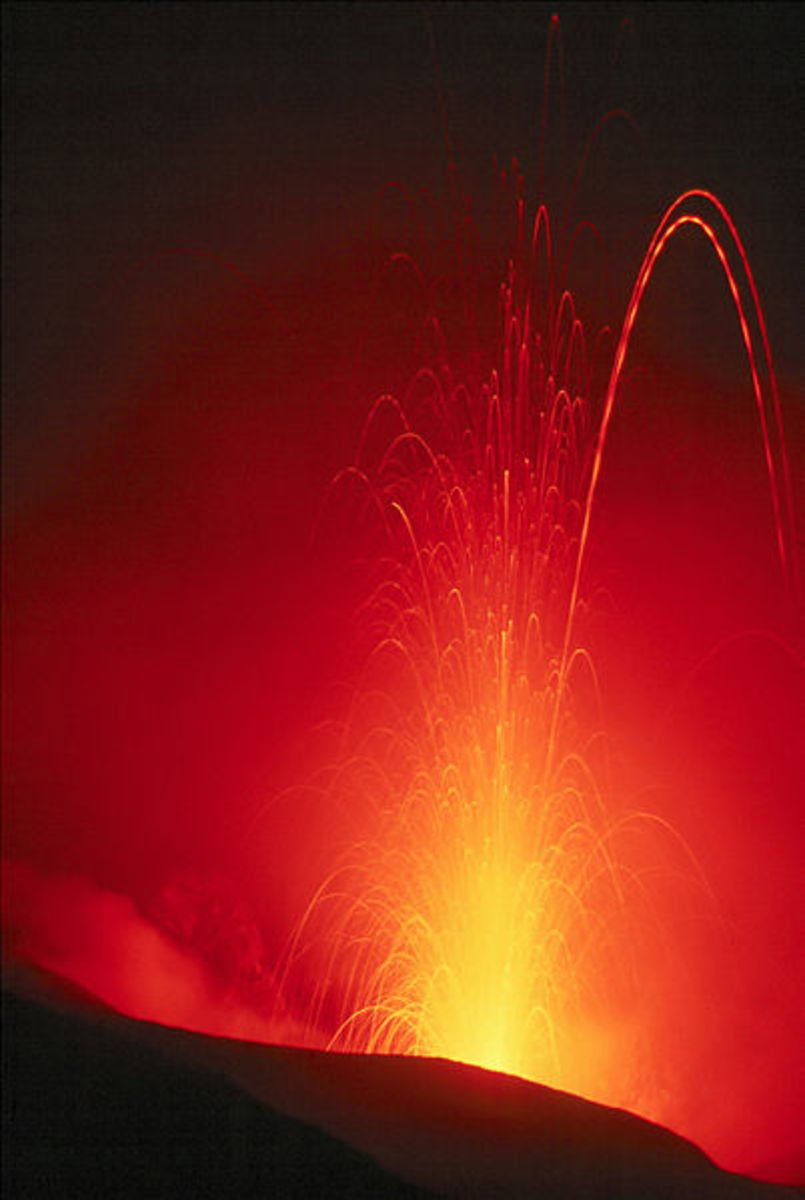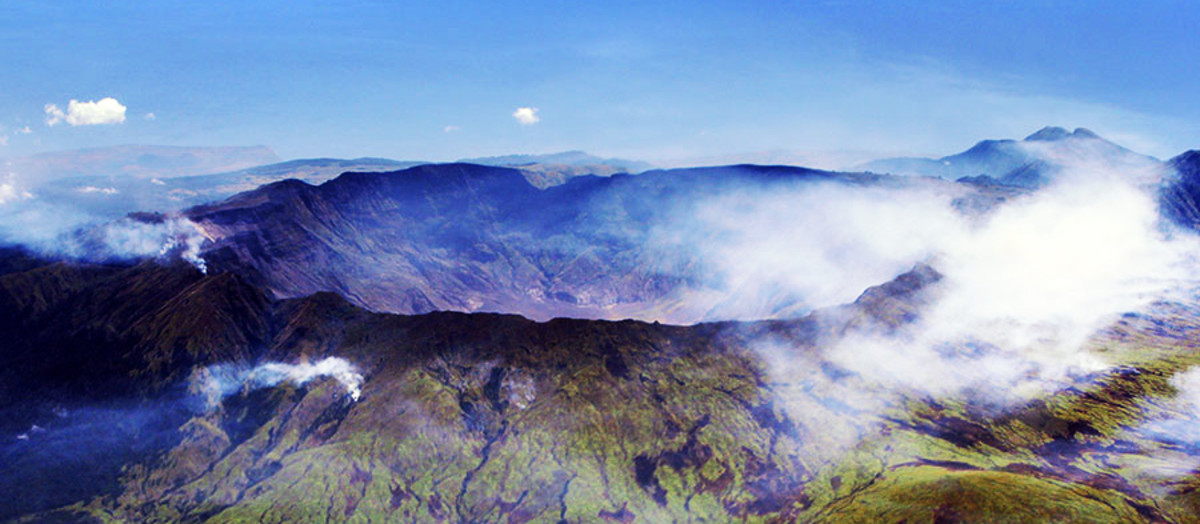Types Of Lava
Lava is a molten rock released during an eruption by a volcano with the liquid flowing wide and large distances before cooling and solidifying. The eruptions produce mixtures of volcanic ash and other fragments called tephra.
The liquid varies in temperatures ranging from 700 °C to 1,200 °C. The lava is 100,000 times as viscous as water. When the lava stops moving, it solidifies to form an igneous rock.
The type of lava that is released by a volcano depends on its mineral content. Some types are very thin, and flow out for dozens of kilometers. While on the other hand, other types are quite thick, flowing for a small distance, cooling and hardening quite quickly. Even some lava is thick enough that it does not flow at all.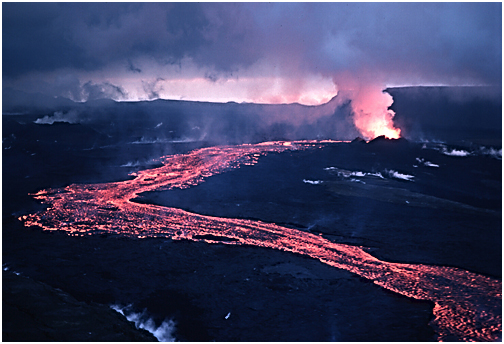
When the lava starts to solidify it forms various ways and colors. Its color depends on the kind of the high level temperature of the flow and also on the impurities that are in the liquid rock. It can color into black, red, gray, brown and tan, metallic sliver, pink, and green etc.
The composition of lava ascertains the behavior of lava flow more dominantly than the eruption’s temperature. The chemical classes of the chemistry of lava are felsic, intermediate, mafic and ultramafic. But the magma temperature, its viscosity and mode of eruption are also linked with it.
Here are the different types of lava:
Types Of Volcanoes
- Volcanoes
We all know what a volcano is. We have all seen it countless times on the television in documentaries; a huge eruption of earths surface followed by the release of molten red hot liquid called lava.
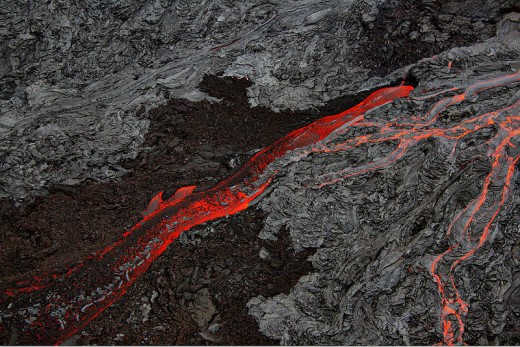
Blocky Lava
Blocky lavas have shells coated by angular wreckage. They often appear as cubes in form.
This type of lava flows are more thick lavas than a’a flows, forming angular blocks produced by breaking up of congealed upper part of the lava with the liquid moving underneath the thick shell.
These liquids are normally 8-35 m thick. The surface of blocky lavas is in general very rough, with many 3-5 m deep hummocks and hollows.
A'a Lava
A'a lava looks quite different than Pahoehoe Lava. A'a lava flows down in the form of small rocks with very rough spiky ends, and is likely to mound up on each other, with the lava front that is 40 or 50 feet high.
It is basaltic lava that does not flow very quickly and looks as a slowly moving mass of hot liquid.
When the lava hardens, the sharp thorny surface of a'a lava is very difficult to walk on though, not impossible: it requires a lot of balancing.
It can easily make you lose your balance and fall, which could result in deep cuts and severe injuries. These types of lava erupt at temperatures above 1000 to 1100 degrees on Celsius scale.
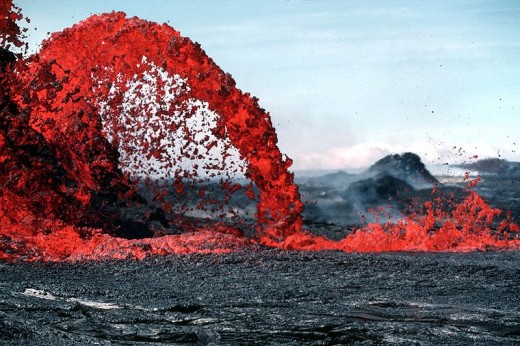
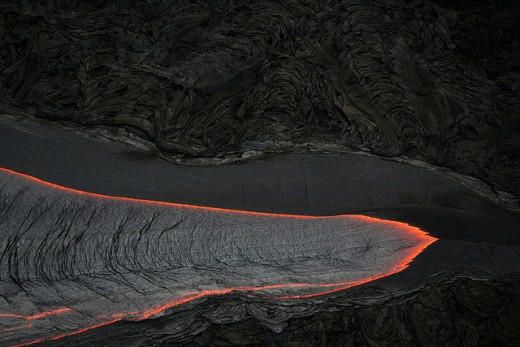
Historic Volcanic Eruptions
- Historic Eruptions
Volcano - it conjures up vivid, lucid images of red-hot lava spewing out of a looming mountain, like mountain of fireworks gone astray, bruising and charring everything that dares to come in its way.
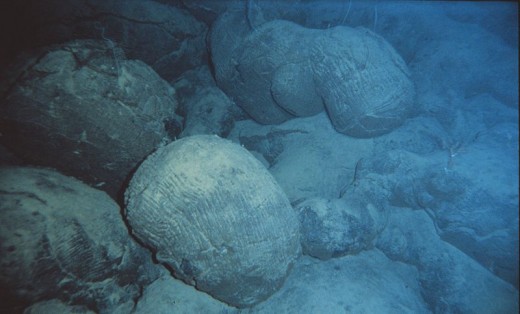
Pahoehoe Lava
Pahoehoe Lava is one of the most interesting types of lava. It can flow as a thick liquid flowing uphill and downhill, forming different interesting shapes. When pahoehoe lava comes across blockages in the way, like rocks, fissures, hills or bumps, it flows around them producing different shapes.
Pahoehoe lava is a Hawaiian term in which lava flows widely. It is basaltic lava which when hardened has a smooth and ropy surface. It can even have interesting shapes quite famous as lava sculptures.
The sculptures form because the front of the lava shapes into a thin shell, which blobs constantly, breaking out from the crust. When these cool down, more lava breaks out from that. When the pahoehoe lava cools down the rock which is formed is quite smooth, and it is very nice to walk across it.
Pillow Lava
Volcanoes erupt under the ocean and the water underneath constantly cools the eruption down. This makes the lava to shape into a thick shell. There is still a lot of pressure from the volcano that is erupting, leaving holes in the thick shell and the lava forms the shapes of ‘pillow or tube’. These tubes are solid and hardened.
After some time, pillows are formed by solidifying and pushing the lava out, and forming new pillows. Later a pile of pillow lava is there, that is many meters thick. Major part of Earth’s surface is covered by water, and majority of the volcanoes are in or around water. This makes pillow lava quite famous on the Earth.
Earthquake Fault Lines
- Fault Lines
Fault lines are the lines that blot a frontier flanked by two tectonic tableware of the Earth's coating.

